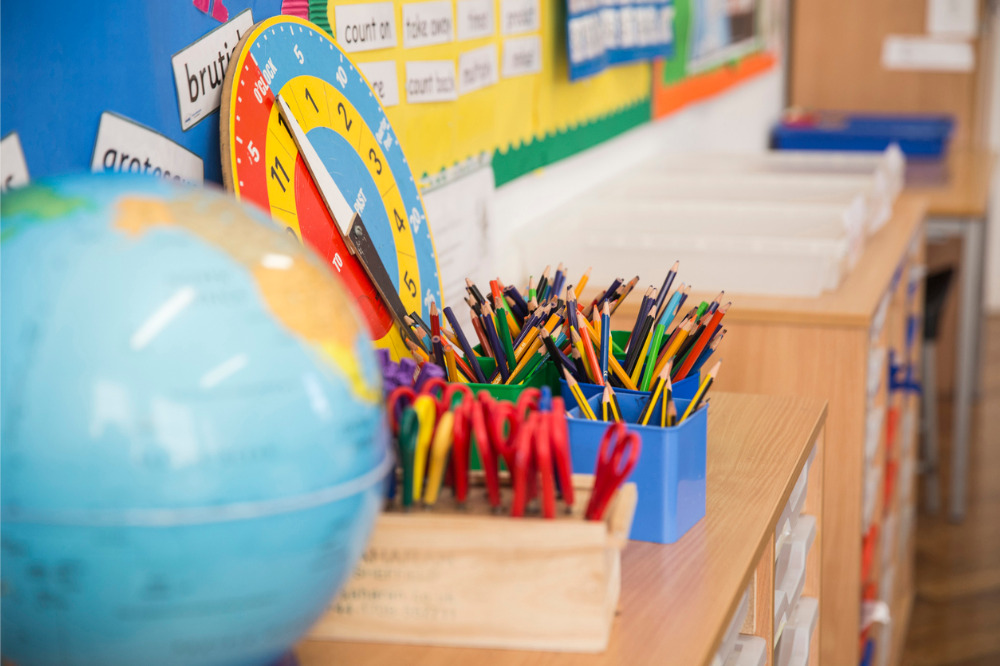
As education systems emerge from a year of crisis, upheaval and transformation, there has been a glimmer of hope that this could be the moment that governments do away with archaic models that have been holding students and teachers back.
Perhaps the most telling aspect of the unprecedented lockdowns earlier this year was that, despite initial teething pains, most schools did a remarkable job of shifting their learning programs online.
As schools were undertaking this monumental transition, Tony Maguire, Regional Director Australia and New Zealand at D2L, conducted a number of pulse surveys with K-12 schools and universities to understand how they responded in the first 100 days of the pandemic reaching Australia’s shores.
Maguire said the responses he received offered “significant optimism”.
“Whether in K12, Vocational or Higher Education, I was pleased to see the singular focus to help students manage a myriad of new pressures and to quickly deliver digital initiatives to ensure the wellbeing of teachers, professional staff and academics,” Maguire told The Educator.
“Retaining these highly-talented staff is a key determinant in averting a compromised student experience and ensuring we are to rebound quickly”.
‘2020 was the year that national and global perceptions of what can be done in education unravelled quickly’
Maguire said long-held views about perceived technology and platform limitations and the lesser value of online modalities were tested and found wanting.
He said that while National Cabinet noted in April that “alternative flexible, remote delivery of education services may be needed” during the pandemic, the months since have highlighted that digital technologies are fundamental to learning and teaching in today’s economy.
“In fact, as demonstrated by Queensland’s Saint Stephen’s College, the embrace of digital learning not only helps students as they study now, but it prepares them for a dynamic, digital-based future which will define the jobs of tomorrow,” he said.
He said Wodonga Middle Years College (WMYC) and Silkwood School saw similar benefits flow to their own learning communities.
“We now have the chance to take the tumult of 2020 and turn it into a launchpad for the future of Australian education. We cannot sleepwalk back to the pre-pandemic status quo,” he said.
“Rather than return to business as usual, every learning organisation must build on all that has been achieved this year and develop learning environments that can be more independent of traditional ‘time, place and face’ in order to be successful”.
Maguire said that learning experiences with smart, intelligent solutions need to be at the core of the experience, rather than just short-term add-ons like video conferencing or devices.
“Getting it right is just as much about teachers’ experience as it is that of students. Through their own continued adjustment, teachers have introduced a level of mindfulness and reflection on which to build future practice,” he said.
“Their skills – spanning critical thinking capacity, social connections, hard work, and mentorship – offer the broader school community a rich source of learning to leverage as they build their own resilience”.
Maguire said they also guard against the perceived damage of remote learning on educational outcomes when face-to-face isn’t possible.
“In his 800 meta-analyses comprising over 50,000 studies, John Hattie’s evidence-based research gives us comfort that the mode is less important when ‘teachers and leaders consistently evaluate the effects that they have on students and adjust teaching methods accordingly’,” he said.
“Although the Australian education sector has remained incredibly resilient in adjusting to the challenges that the pandemic introduced, we are at a critical juncture where falling back into old habits will stunt progress, while leaving us on the back foot should future adversities cause large-scale interruptions to the classroom of old”.


